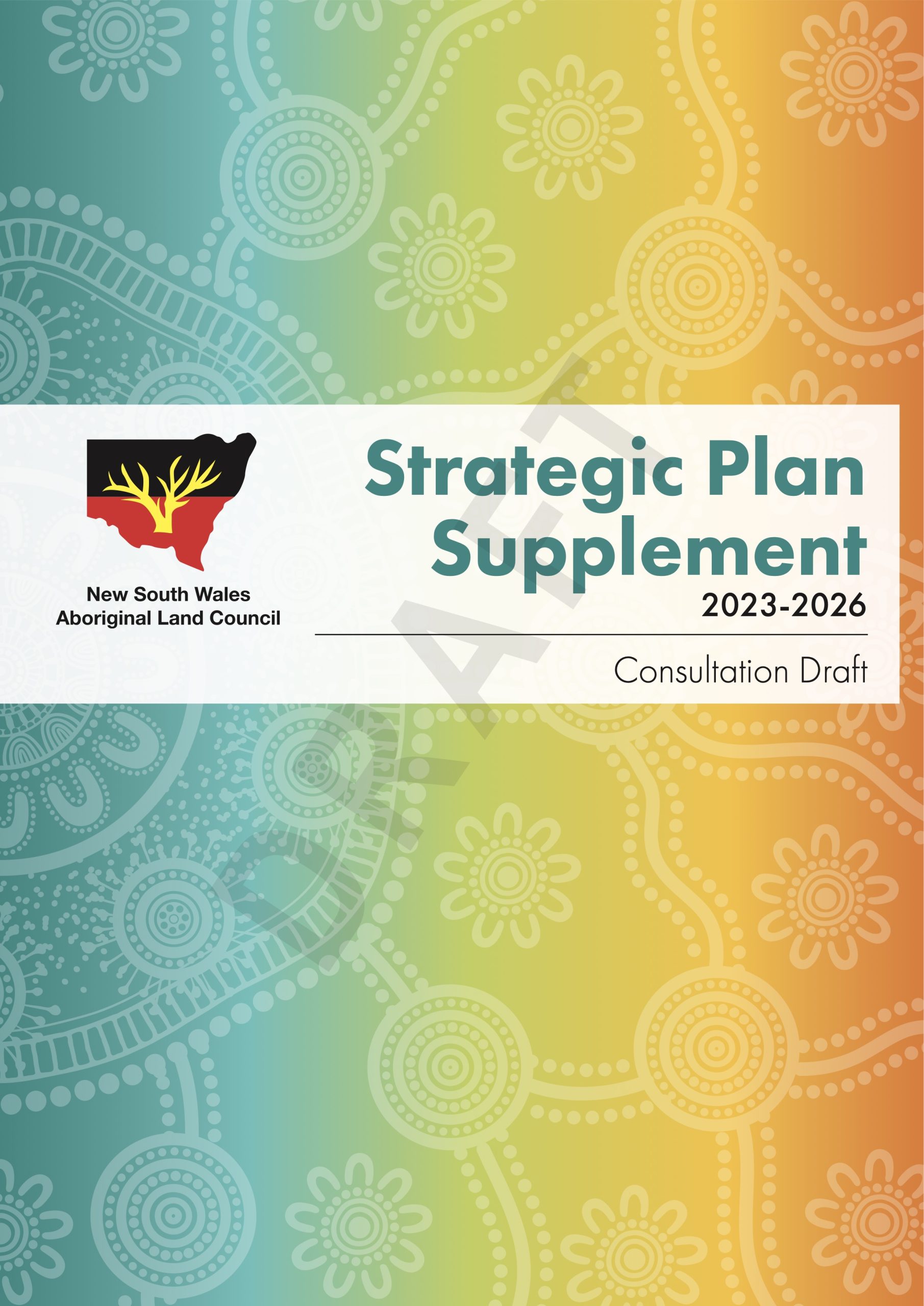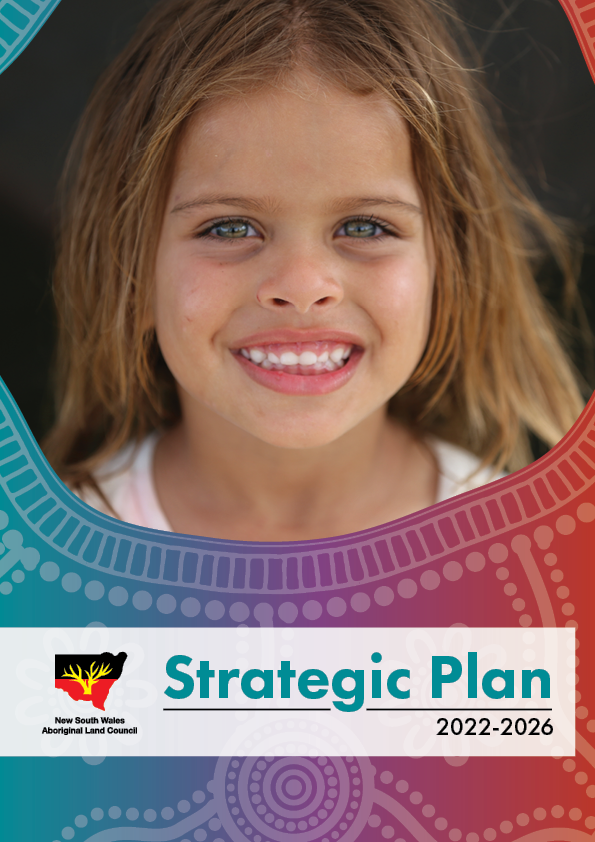
NSWALC's Key Treaty Principles & Pathway to Treaty
NSWALC's Key Treaty Principles
- Inclusive, accountable and responsive to the needs and aspirations of Aboriginal peoples.
- Genuinely advances Aboriginal people’s rights and interests.
- Protects existing rights of, and gains made by, Aboriginal peoples (e.g., Aboriginal Land Claims and Aboriginal Land Agreements under the Aboriginal Land Rights Act 1983, representative structures).
- Guarantee that the process & resulting model will not undermine existing beneficial government commitments, including in relation to NSW Aboriginal Land Rights.
- Protects and strengthens existing self-determining Aboriginal community-controlled structures including Aboriginal Land Councils.
- Are led and agreed by Aboriginal peoples and our representative structures.
- Does not diminish Aboriginal sovereignty.
- Advances self-determination and the standards established under the United Nations Declaration on the Rights of Indigenous Peoples.
- Does not foreclose on future advancement.
- Does not waste the opportunity of reform.
- Provide genuine mechanism for negotiating with Aboriginal peoples and for obtaining free, prior and informed consent.
NSWALC's Key Elements on a Pathway to Treaty
- Need to partner with representative Aboriginal community-controlled organisations.
- The process must be a genuine partnership between Parliament and Aboriginal peoples.
- Government needs to provide proper resourcing to support Aboriginal peaks to lead the process and for Aboriginal communities to participate.
- Must be led by Aboriginal people.
- It is important to partner with, and be led by, representative Aboriginal community-controlled organisations – e.g., Land Rights network, CAPO organisations – NSWALC, ALS, AECG, AH&MRC, BlaQ, AbSec, Link-Up, FPDN, ACHAA.
- The process will need to allow time to gain the support of Aboriginal communities.
- Inclusive engagements with Aboriginal people need to be prioritized.
- The rights contained in the United Nations Declaration on the Rights of Indigenous Peoples (UNDRIP) provide a framework which can be used to guide both the development and content of any Treaty/ies.
- It must be bipartisan.
- Relevant Aboriginal Community-Controlled peaks should be at the table, particularly with respect to relevant areas.
- Engagement should aim to be as inclusive as possible.
- Important to build broad-based support – this includes Aboriginal communities, prominent Aboriginal individuals, supporter groups, political parties, and other arenas such as business, industry, Local Government, NGOs, Aboriginal businesses.




